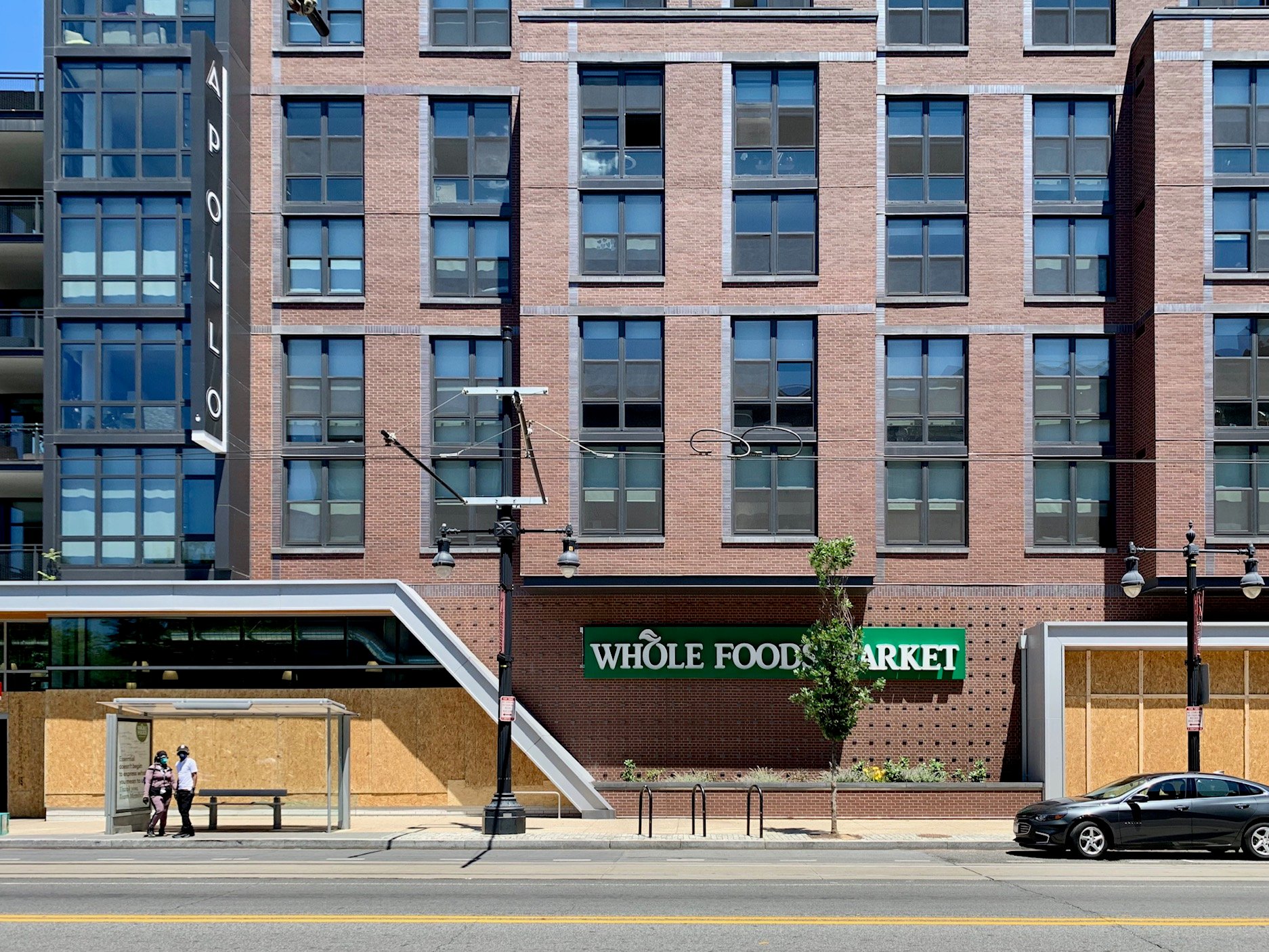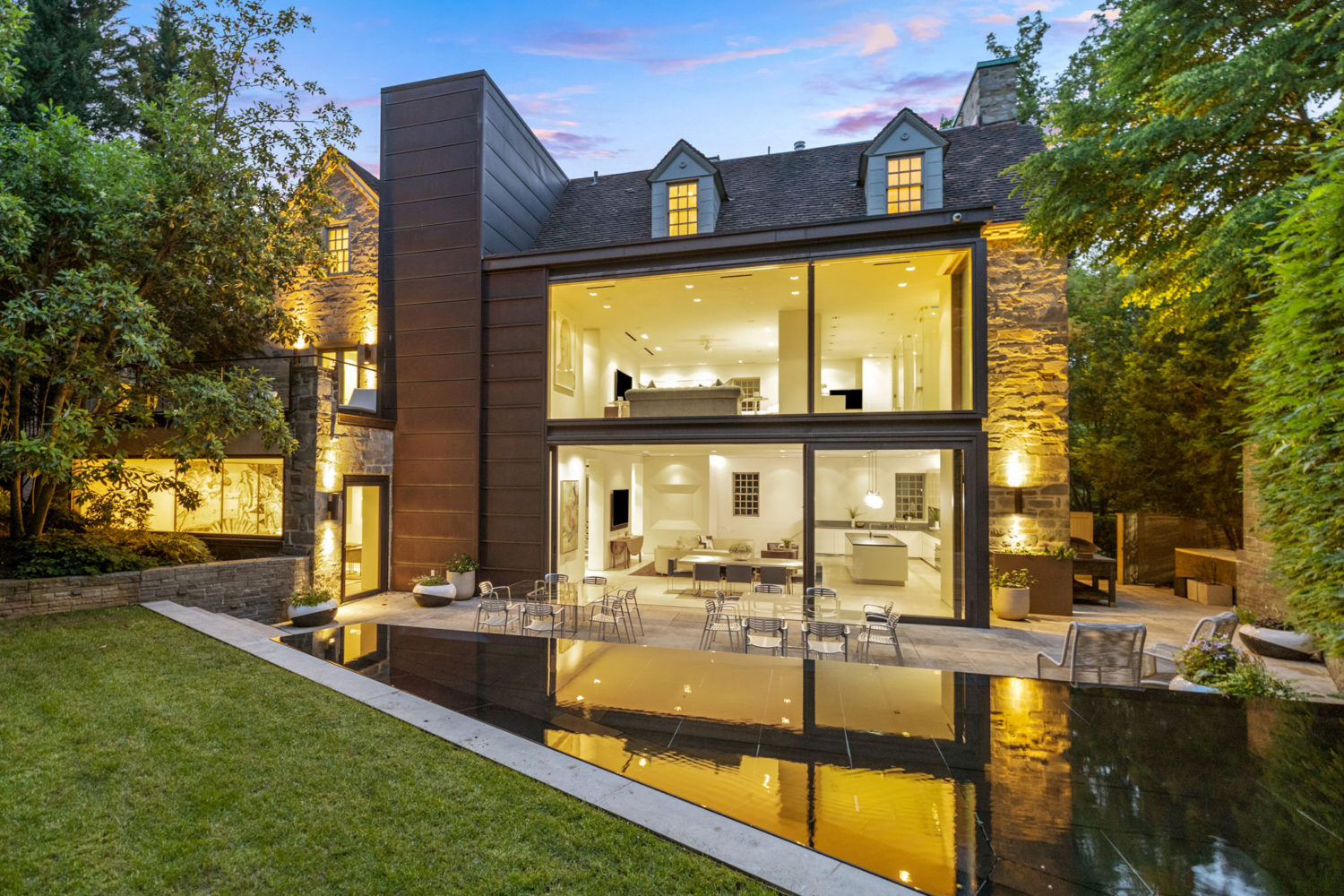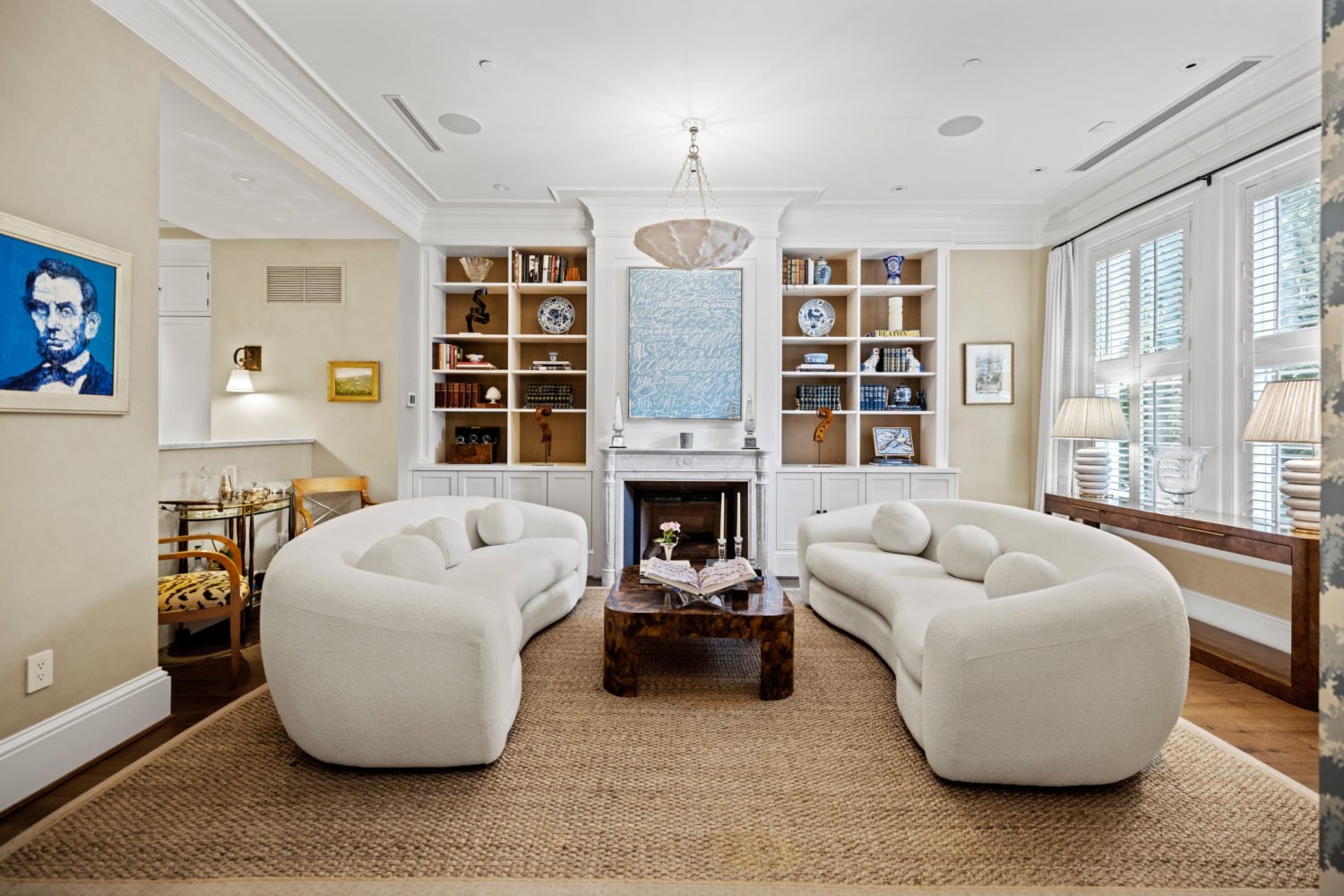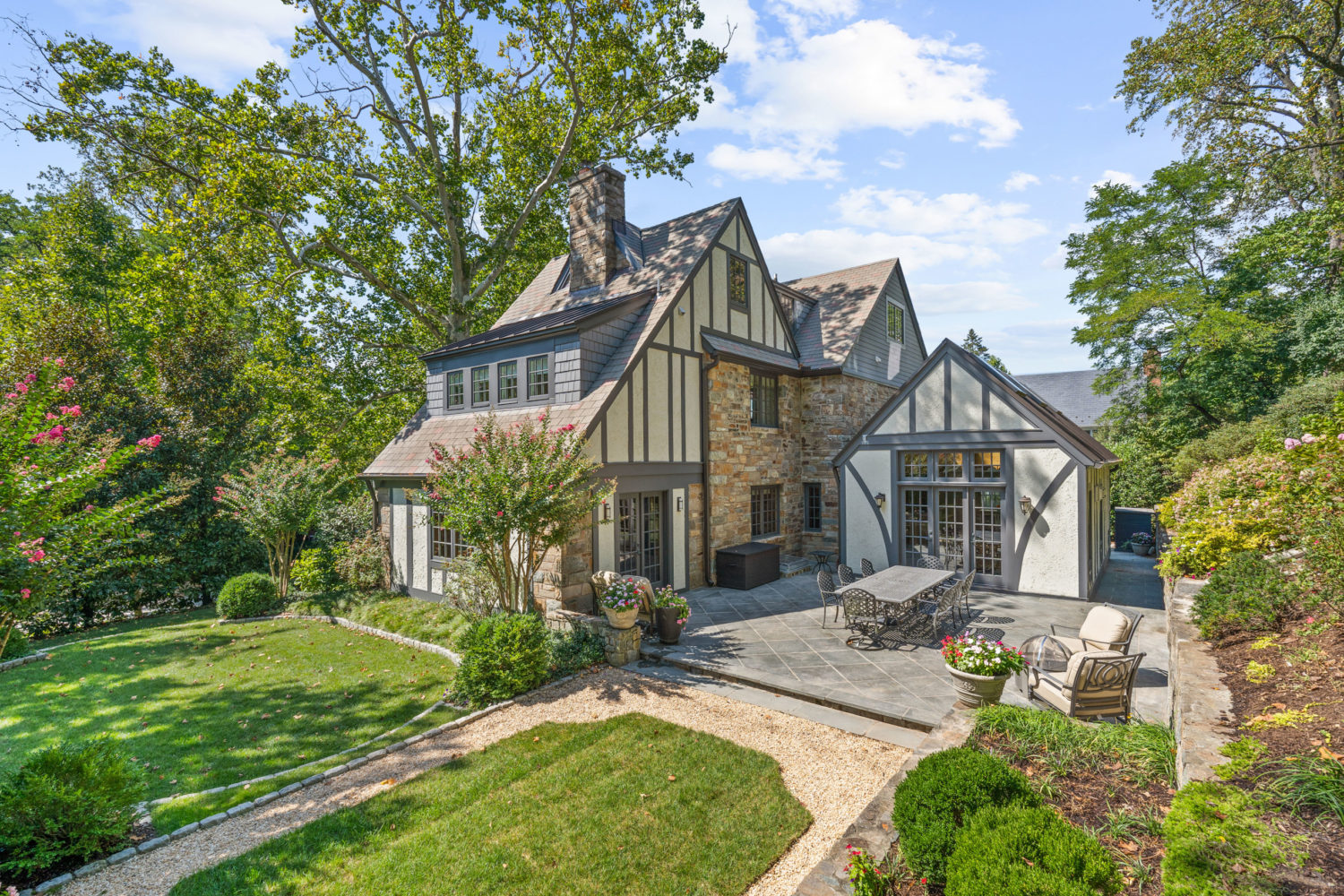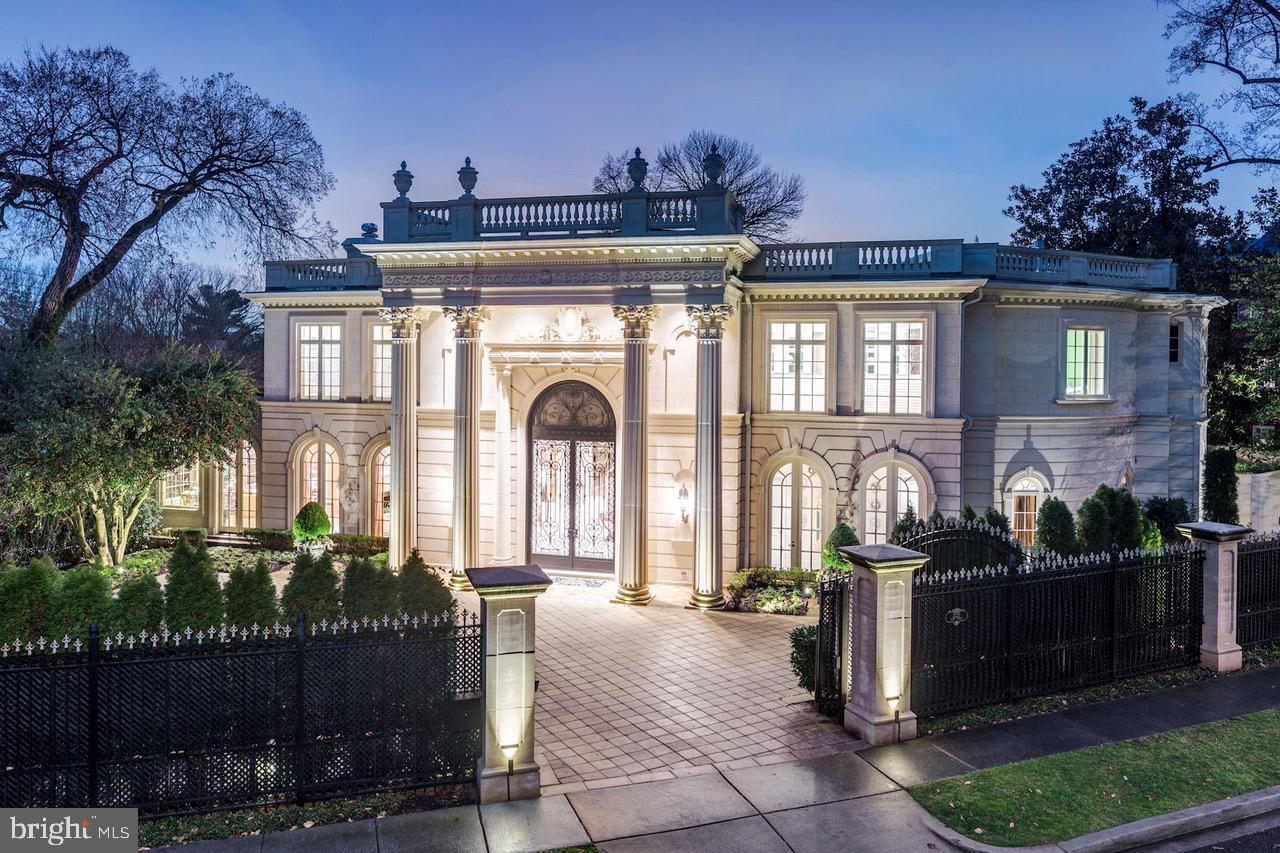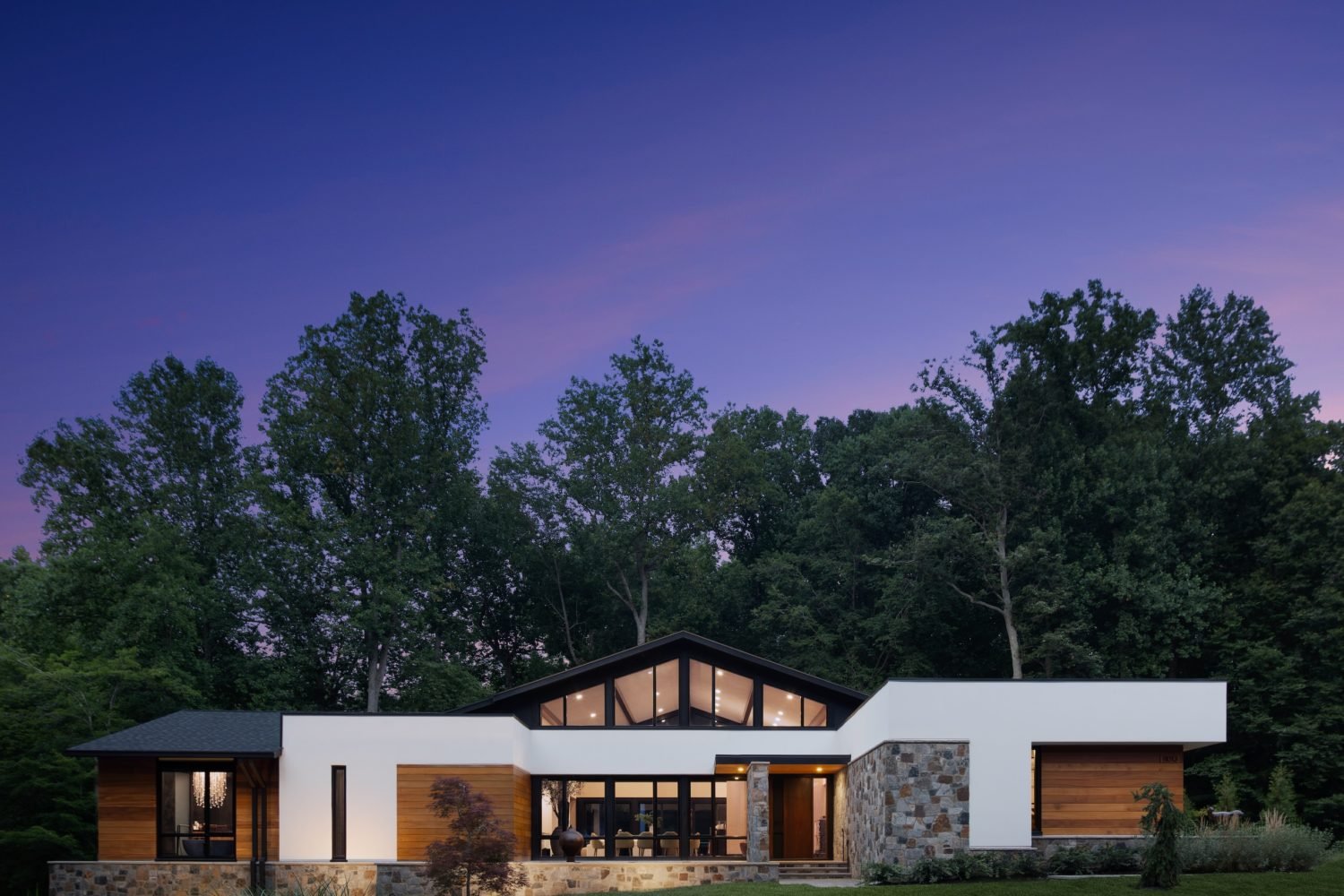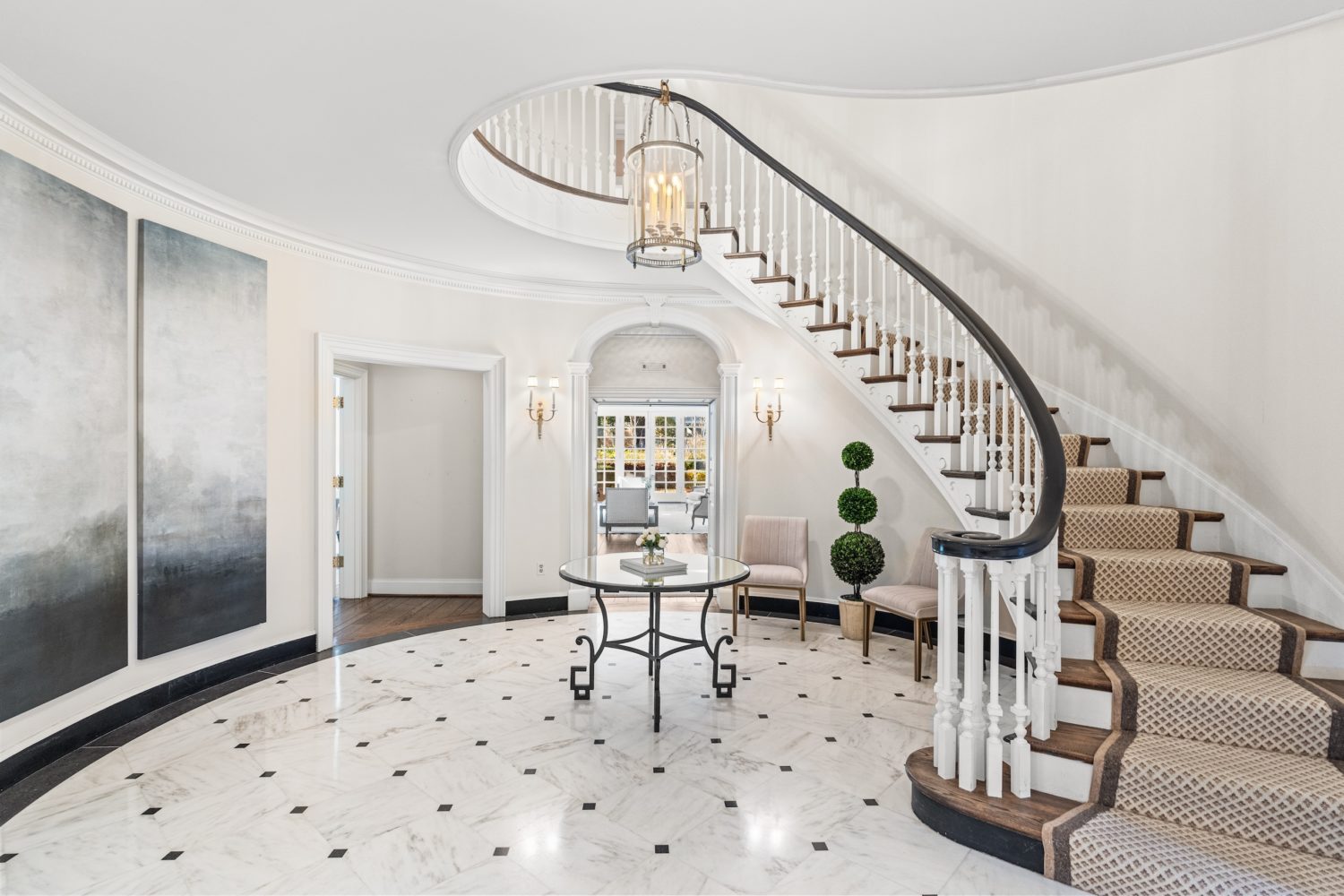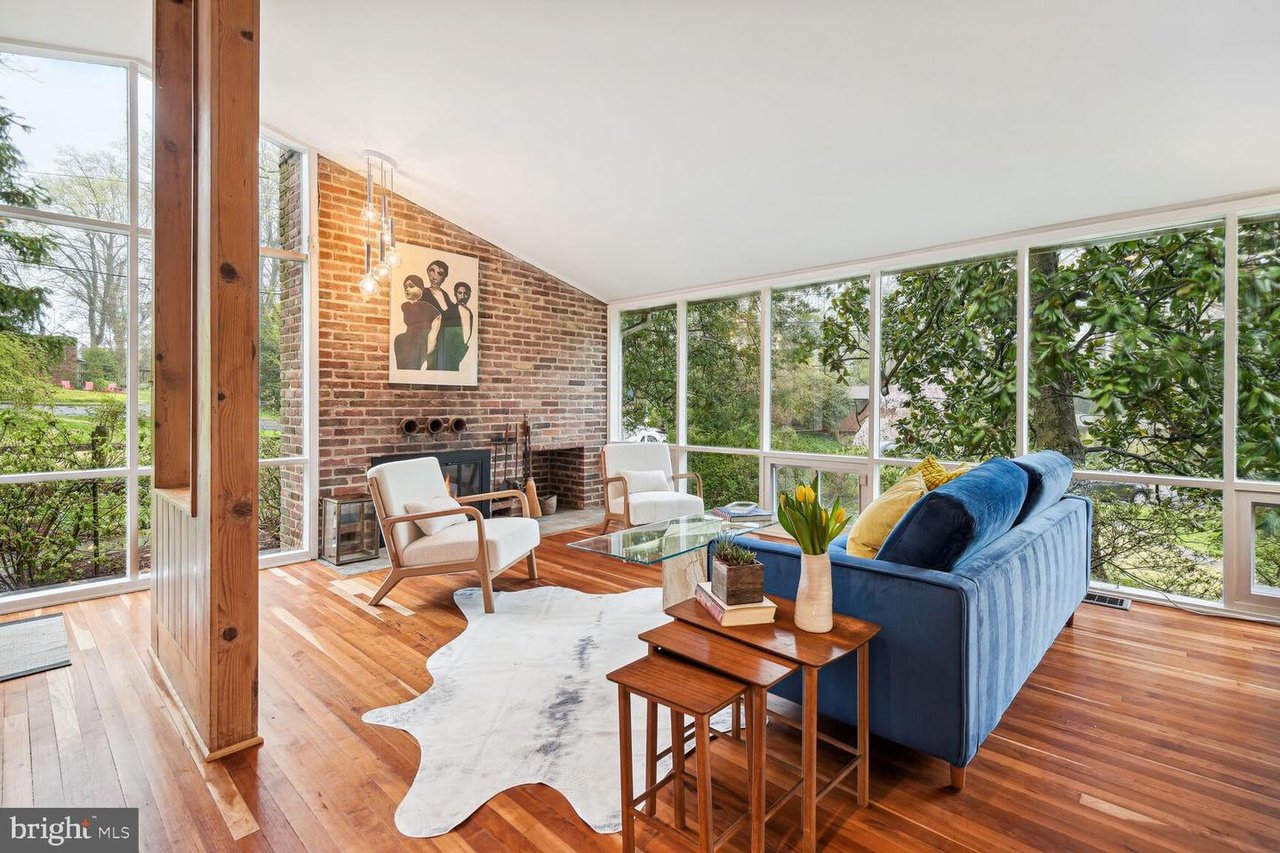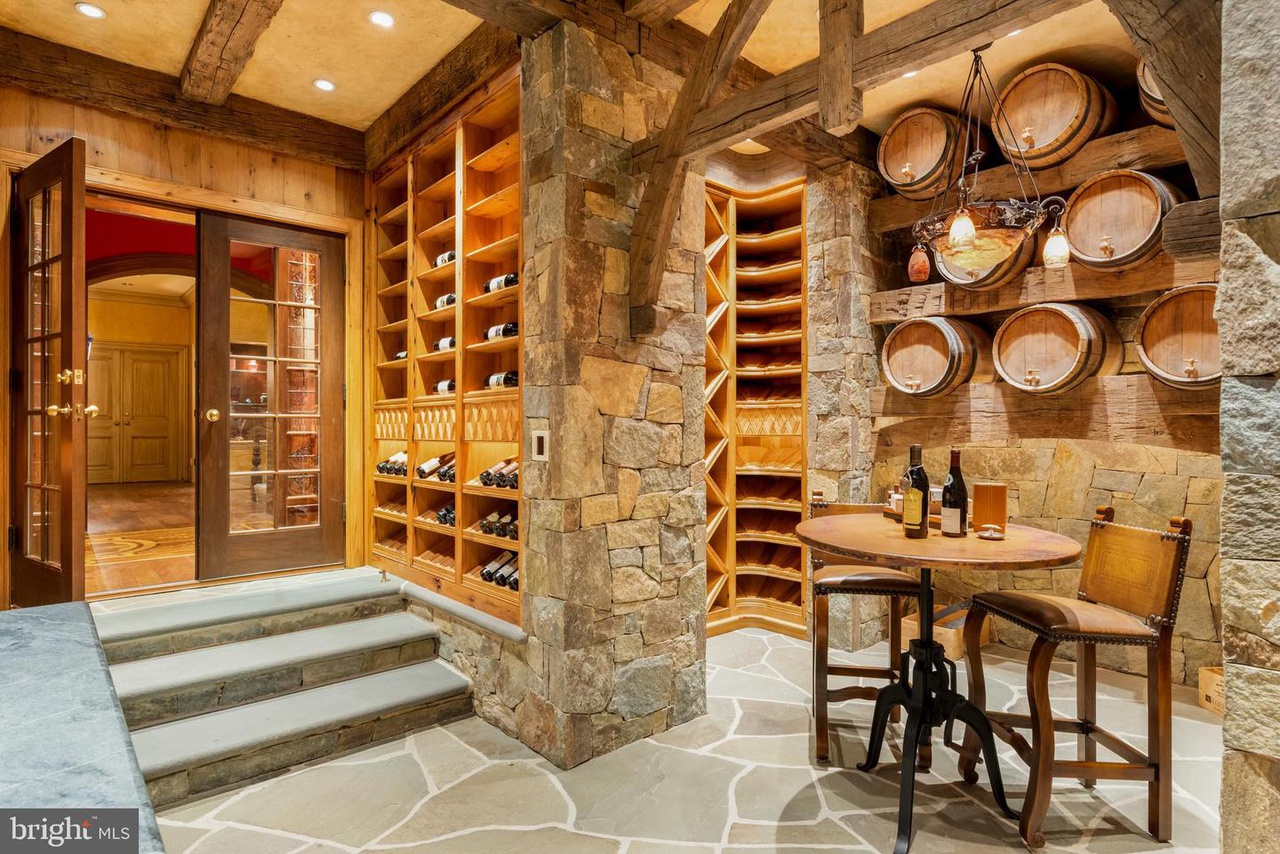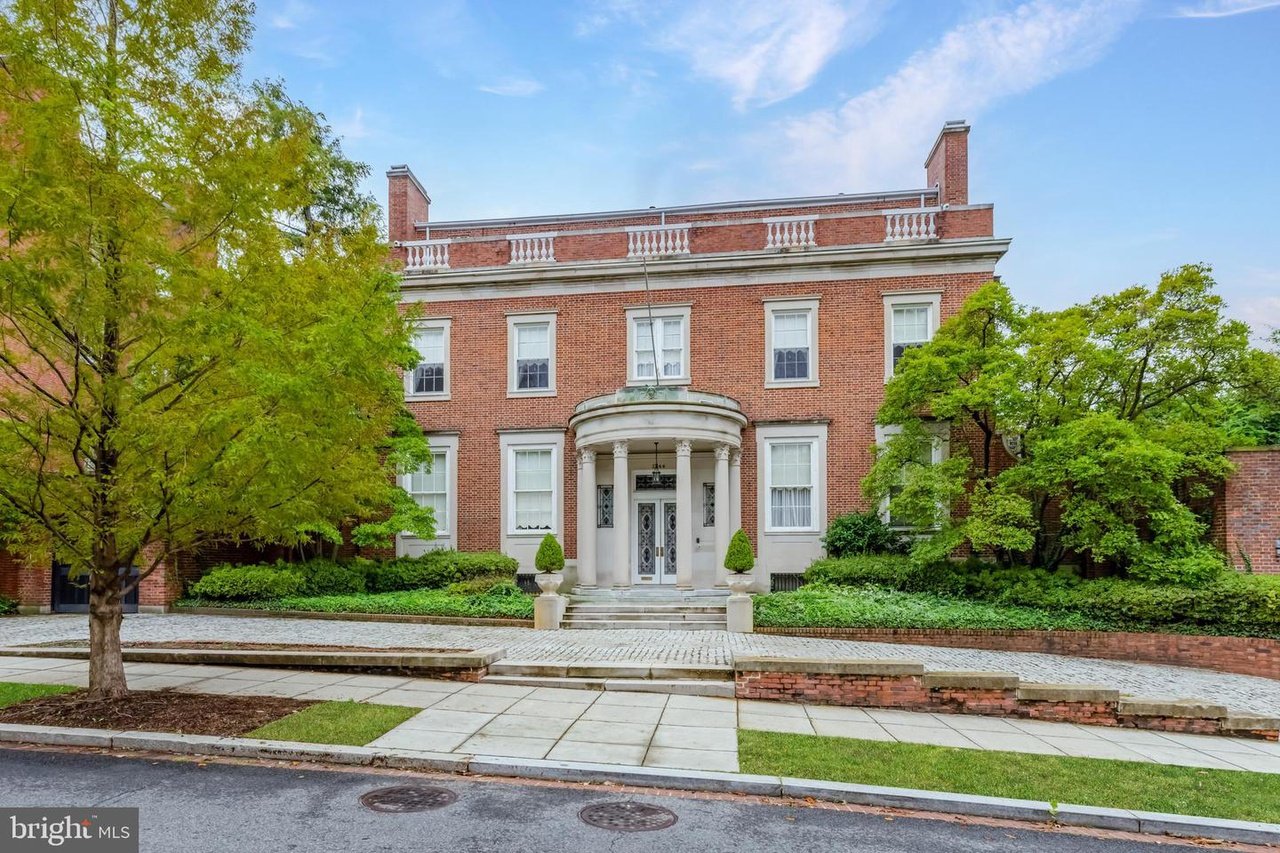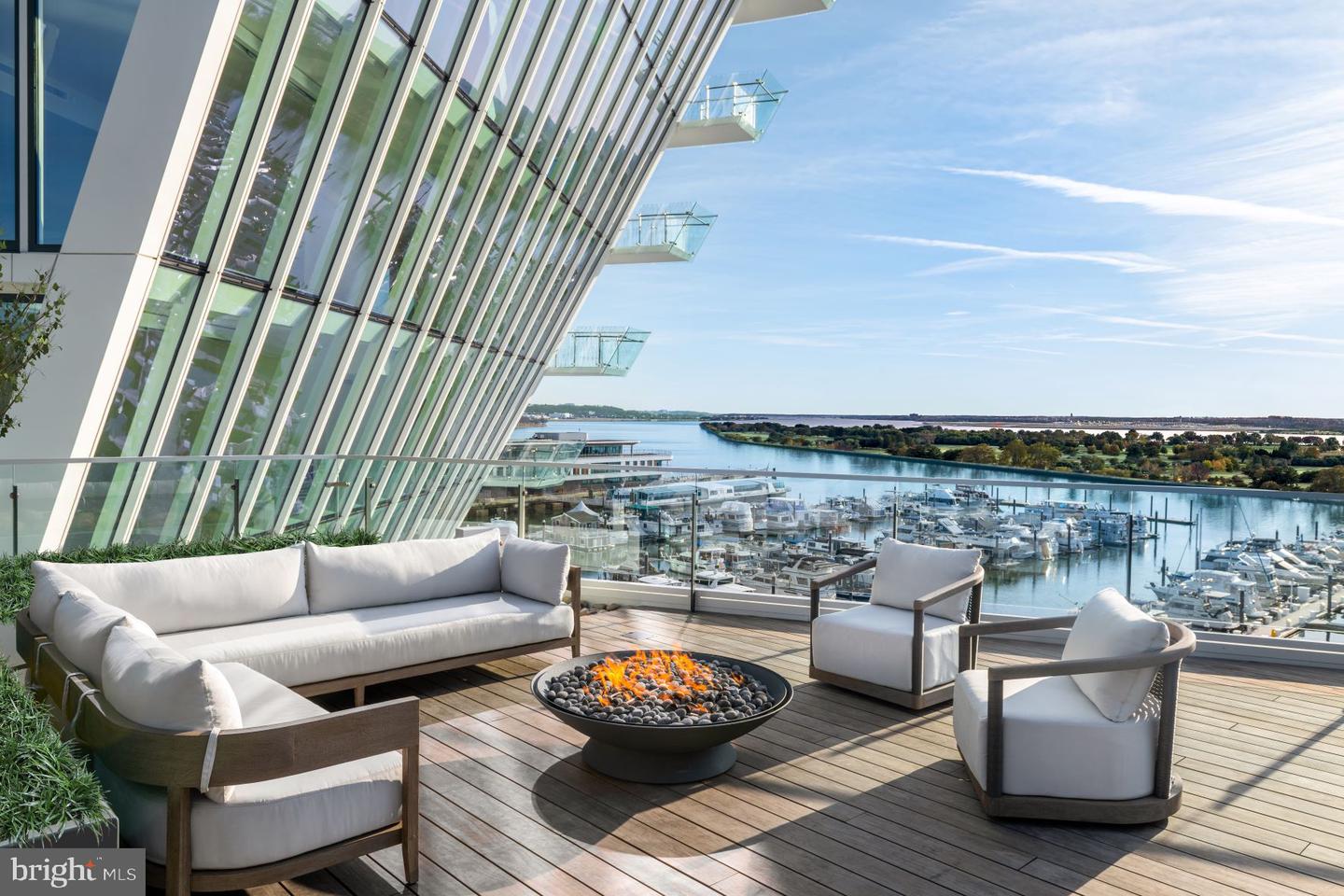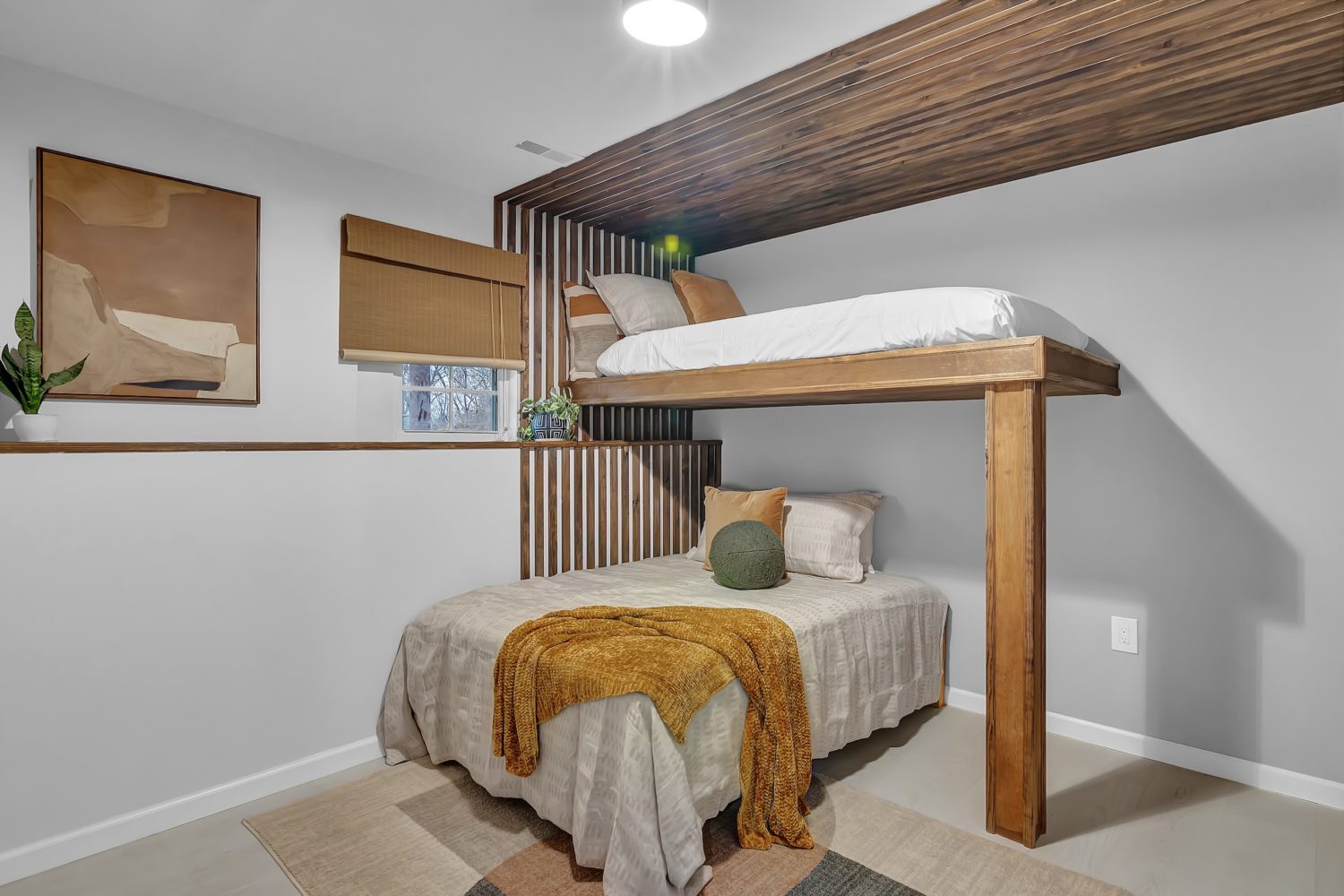About Coronavirus 2020
Washingtonian is keeping you up to date on the coronavirus around DC.
New data confirms what common sense probably already led you to suspect: Fewer people want to live in buildings with hundreds of other units—and which charge premiums for shared amenities like pools and gyms—during a public health crisis. Delta Associates, an authority on the local commercial real estate market, released the findings in its 2020 second quarter report, concluding: “The pandemic has impacted all major apartment market metrics.”
In short, all those glassy, luxury buildings that have risen around the city in recent years have become emptier and less expensive since Covid-19 hit. “Severe job loss coupled with the closure of multifamily buildings to the public resulted in a significant slowdown in leasing activity,” according to the report. “Tours of multifamily buildings went virtual, but this was not enough to sustain a more normal level of leasing activity.”
Within the District, rents in high-end buildings are down 3.5 percent compared to last year, in large part because those apartments are having to offer discounts to attract residents. Average rent for a luxury DC apartment is currently $2,561 a month, compared to $2,649 last June.
Prices have been particularly affected around NoMa and H Street, where buildings are offering an average 6.3 percent discount off full-price rent, and around Capitol Riverfront and the Southwest Waterfront, where they’re knocking off 5.7 percent.
Vacancies in those neighborhoods are also the highest. NoMa and H Street apartments are experiencing an 8.2 percent vacancy rate, while developments in Navy Yard and Southwest are seeing 7.7 percent vacancy. The vacancy rates in those areas were less than 5 percent at the same time last year. District-wide, the average vacancy rate in luxury apartments is currently 6.8 percent, compared to 4.1 percent last year.
And the supply of available apartments is only headed upward: Delta reports that over the next 36 months, more than 42,000 newly built units are expected to be completed across the DC-metro area. So, although DC rents remain among the highest in the country, it looks like renters here will have more negotiating power than they have in a long time.

